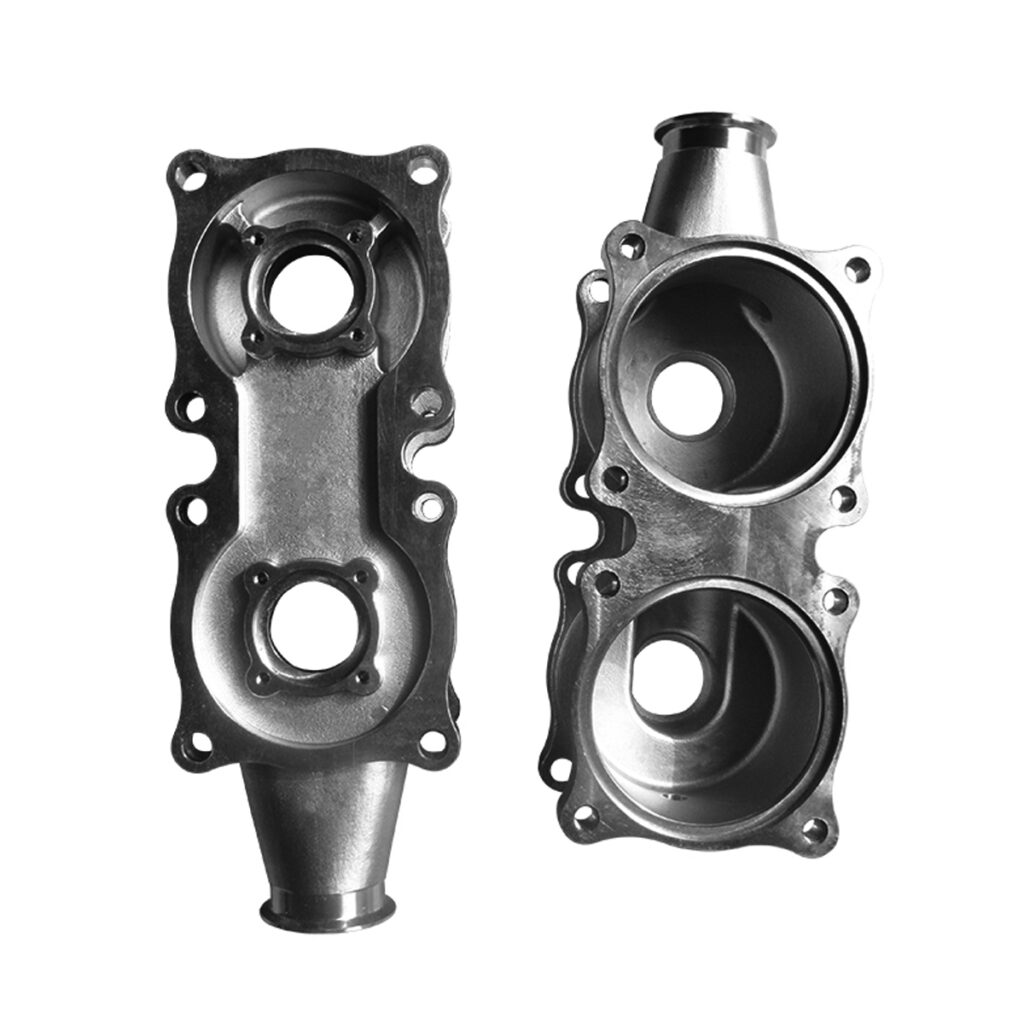In today’s competitive manufacturing landscape, the integration of Investment Casting (IC) and Precision Machining (PM) has become a game-changer for industries demanding high-quality, complex components. This synergy enables manufacturers to achieve unparalleled precision, cost efficiency, and design flexibility. Whether you’re in aerospace, medical devices, or automotive sectors, understanding how IC and PM work together can significantly enhance your production capabilities.
This comprehensive guide will walk you through the fundamentals, benefits, and best practices of integrating IC and PM, providing actionable insights for optimizing your manufacturing processes.
1. Understanding the Basics: IC and PM Explained
1.1 What is Investment Casting (IC)?
Investment Casting, also known as lost-wax casting, is a manufacturing process that dates back thousands of years but has evolved into a highly precise method for producing complex, near-net-shape components. The process involves:
- Creating a wax pattern of the desired part.
- Coating the pattern with a ceramic shell.
- Melting away the wax to leave a hollow mold.
- Pouring molten metal into the mold.
- Breaking the shell to reveal the final casting.
IC is renowned for its ability to produce parts with excellent surface finish, tight tolerances, and intricate geometries.
1.2 What is Precision Machining (PM)?
Precision Machining refers to using computer-controlled machine tools (CNC) to remove material from a workpiece, achieving highly accurate dimensions and surface finishes. PM is essential for:
- Adding critical features like threads, holes, and grooves.
- Achieving ultra-tight tolerances (often within microns).
- Enhancing the surface finish of cast or forged parts.
Common PM techniques include milling, turning, grinding, and EDM (Electrical Discharge Machining).
2. Why Integrate IC and PM?
2.1 Enhanced Design Flexibility
IC allows for the creation of complex shapes that would be difficult or impossible to machine from a solid block. By combining IC with PM, manufacturers can:
- Produce parts with intricate internal passages and thin walls.
- Add precise features like threads, slots, and mating surfaces.
- Achieve hybrid designs that leverage the strengths of both processes.
2.2 Cost Efficiency
While IC can produce near-net-shape parts, PM ensures that critical dimensions are met without excessive material waste. This integration reduces:
- Raw material costs by minimizing machining stock.
- Machining time and tool wear.
- Post-processing requirements.
2.3 Improved Quality and Consistency
The combination of IC and PM ensures that parts meet the highest quality standards. IC provides a uniform base material, while PM delivers the precision needed for critical features. This synergy results in:
- Consistent part-to-part accuracy.
- Superior surface finishes.
- Reduced scrap rates.
2.4 Faster Time-to-Market
By streamlining the production process, IC+PM integration enables faster prototyping and production. This is particularly beneficial for industries like aerospace and medical devices, where time-to-market is critical.
3. Key Applications of IC+PM Integration
3.1 Aerospace Components
- Turbine blades and vanes with complex cooling channels.
- Lightweight structural components with high strength-to-weight ratios.
- Engine housings and brackets require tight tolerances.
3.2 Medical Devices
- Surgical instruments with intricate geometries and smooth surfaces.
- Implants require biocompatible materials and precise dimensions.
- Diagnostic equipment components with high wear resistance.
3.3 Automotive Parts
- Engine components like pistons, valves, and manifolds.
- Transmission parts require high durability and precision.
- Lightweight chassis components for electric vehicles.
3.4 Energy Sector
- Turbine components for wind and gas power generation.
- Heat exchangers and valves for oil and gas applications.
- Solar panel mounting systems require corrosion resistance.
4. Best Practices for IC+PM Integration
4.1 Design for Manufacturability (DFM)
- Collaborate early with both IC and PM teams to optimize part design.
- Minimize machining stock by designing near-net-shape castings.
- Avoid sharp corners and thin walls that could lead to casting defects.
4.2 Material Selection
- Choose alloys that are compatible with both IC and PM processes.
- Consider post-casting heat treatment to improve machinability.
- Evaluate material properties like hardness, corrosion resistance, and thermal stability.
4.3 Process Optimization
- Use simulation software to predict and mitigate casting defects.
- Implement CNC programming strategies to reduce machining time.
- Leverage automation for consistent quality and faster production.
4.4 Quality Control
- Conduct non-destructive testing (NDT) on castings to detect internal defects.
- Use coordinate measuring machines (CMM) to verify critical dimensions.
- Perform surface finish analysis to ensure compliance with specifications.
5. Challenges and Solutions
5.1 Dimensional Variability in Castings
- Challenge: Castings may have slight dimensional variations due to shrinkage or mold distortion.
- Solution: Use PM to machine critical features, ensuring final dimensions are within the tolerance range.
5.2 Machining Hard Materials
- Challenge: Some cast alloys are difficult to machine due to high hardness or abrasiveness.
- Solution: Optimize cutting parameters and use advanced tooling materials like carbide or ceramic.
5.3 Cost Management
- Challenge: Balancing the costs of IC and PM to remain competitive.
- Solution: Optimize part design and process parameters to minimize material waste and machining time.
6. Future Trends in IC+PM Integration
6.1 Additive Manufacturing (AM)
- AM is increasingly being used to create wax patterns or even direct metal molds, reducing lead times and costs.
6.2 Digital Twin Technology
- Digital twins enable real-time monitoring and optimization of both IC and PM processes, improving efficiency and quality.
6.3 Sustainable Manufacturing
- Innovations in recycling wax and ceramic materials, as well as energy-efficient machining, are making IC+PM more environmentally friendly.
6.4 AI and Machine Learning
- AI-powered quality control systems can detect defects and optimize machining parameters in real time, reducing scrap rates and improving consistency.
7. Conclusion
The integration of Investment Casting and Precision Machining offers a powerful solution for producing high-quality, complex components across a wide range of industries. By leveraging the strengths of both processes, manufacturers can achieve greater design flexibility, cost efficiency, and product performance.
As technology continues to evolve, the IC+PM synergy will only become more critical for staying competitive in the global market. Whether you’re a seasoned manufacturer or new to these processes, now is the time to explore how IC+PM integration can transform your production capabilities.
Call to Action
Ready to optimize your manufacturing process with IC+PM integration? Contact us today to learn how our Investment Casting and Precision Machining expertise can help you achieve your production goals. Let’s build the future of manufacturing together!


